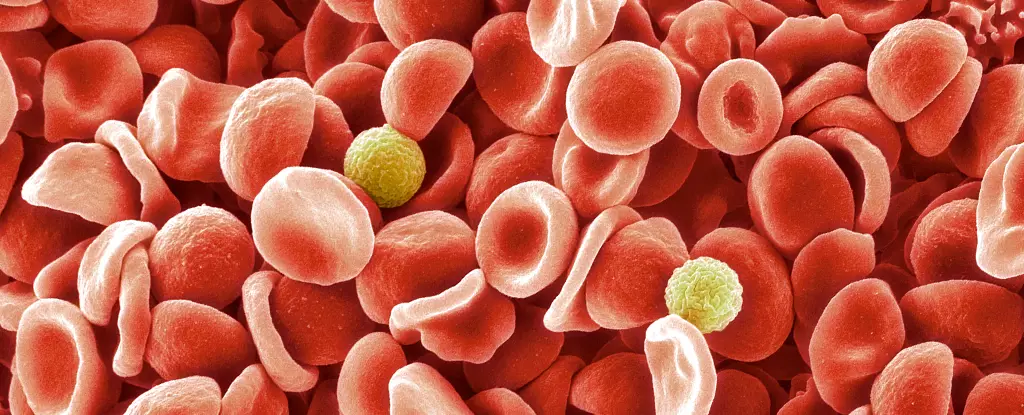In the realm of blood research, significant breakthroughs often emerge from the most unexpected scenarios. One such case dates back to 1972 when a routine blood sampling of a pregnant woman revealed an anomaly. Her blood was found lacking a specific surface molecule, an antigen commonly present in red blood cells. Fast forward 50 years, researchers from the United Kingdom and Israel have made a landmark discovery, culminating in the identification of a novel blood group system, dubbed the MAL blood group. This revelation not only paves the way for better patient care but reinforces the complexity of human blood groups, a topic that has intrigued scientists for decades.
The study, published in September, reflects the dedication of a team led by esteemed hematologist Louise Tilley, who spent nearly 20 years investigating this peculiar case. Tilley expressed her excitement in declaring the establishment of a new blood group system, highlighting the importance of this work for patients who exhibit rare blood type characteristics. This discovery is especially significant as it adds to the array of existing blood group systems, which were primarily documented during the early 20th century, leaving room for further exploration in the field.
Understanding Blood Groups and Their Implications
Blood groups are determined by various cell-surface proteins and sugars, known as antigens, that our body utilizes as markers of identity. These markers play a pivotal role in differentiating between the body’s own cells and foreign entities, such as pathogens. In blood transfusions, compatibility of these antigens is crucial; mismatched blood can trigger severe reactions, sometimes even resulting in fatal outcomes.
The major blood groups like ABO and rhesus have been well-documented, but many lesser-known groups, such as the recently identified Er blood group, affect a small portion of the population, much like the MAL blood group. Tilley noted the challenges faced during the identification process due to the rarity of genetic cases related to this new blood group, reinforcing the need for deep and meticulous research in the field of hematology.
Identifying the MAL blood group required an extensive analysis of the AnWj antigen, which was notably absent in the blood of the initial patient. Current statistics indicate that a staggering 99.9% of the population possesses this antigen, linked to a protein found in myelin and lymphocytes. When the MAL genes undergo mutation, individuals can be classified as AnWj-negative, mirroring the condition of the 1972 patient. Interestingly, the research team discovered that despite the patients being AnWj-negative, their condition could be attributed to either genetic inheritance or suppression, prompting deeper investigation into the underlying causes.
Tim Satchwell, a cell biologist from the University of the West of England, emphasized the challenges of identifying the small MAL protein, which has critical functions in maintaining cell membrane stability and supporting cellular transport processes. The discovery of this protein’s role signifies the intricate relationship between genetics and hematology, amplifying the importance of understanding variations in blood composition.
The findings surrounding the MAL blood group are not merely academic; they hold tangible implications for clinical practice. With the identification of genetic markers correlating with MAL mutations, healthcare providers can now conduct targeted tests to ascertain whether individuals with an AnWj-negative blood type have inherited this trait or if it arises from other medical issues.
As awareness of such rare blood conditions grows, healthcare systems can improve their response to unique patient needs, ultimately enhancing treatment options and outcomes. In a world where medical science constantly evolves, every new discovery adds a layer to our understanding of human health, emphasizing the critical nature of ongoing research in the biological sciences.
The discovery of the MAL blood group not only represents a significant achievement for the scientific community but also highlights the relentless pursuit of knowledge that drives advancements in medical science. With each revelation, we move closer to unraveling the mysteries of human biology, paving the way for better healthcare solutions worldwide.


Leave a Reply